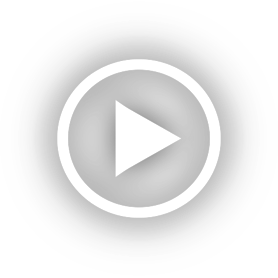Determining the Relationship Between Distance and Radiation Count
Students measure the radiation count rate as a function of distance. They use their measurements to make predictions about the count rate at other distances. By inspecting the data, they find out the count rate varies by the inverse square of the distance. They develop a mathematical model that predicts count rate and explore its limitations.
Grade Level: College • High School
Student Files
| Determining the Relationship Between Distance and Radiation Count | 238.87 KB | |
| Determining the Relationship Between Distance and Radiation Count | 134.73 KB |
Teacher Files
Sign In to your PASCO account to access teacher files and sample data.
Watch Video
Wireless Geiger Counter | Get Started
Discover how the PASCO Wireless Geiger Counter (PS-3238) measures alpha, beta, and gamma radiation for use in experiments in shielding and the inverse square...
Featured Equipment
Radioactive Source (Cs-137)
This radioactive source is mounted in a 2.5 cm diameter sealed plastic disk and requires no licensing.
Radioactive Source (Co-60)
This radioactive source is mounted in a 2.5 cm diameter sealed plastic disk and requires no licensing.
Wireless Geiger Counter
This Wireless Geiger Counter detects alpha, beta, and gamma ionizing radiation.
Wireless Geiger Counter with Sample Holder
This Wireless Geiger Counter detects alpha, beta, and gamma ionizing radiation. The included stand makes it easy to perform experiments on the inverse square law and radiation shielding.
Geiger Counter Sample Holder
Radioactive sample holder and shielding set for use with the PS-3238 Wireless Geiger Counter
Support
Many lab activities can be conducted with our Wireless, PASPORT, or even ScienceWorkshop sensors and equipment. For assistance with substituting compatible instruments, contact PASCO Technical Support. We're here to help.
Copyright © 2022 PASCO
More Experiments
Advanced Placement
College
High School







